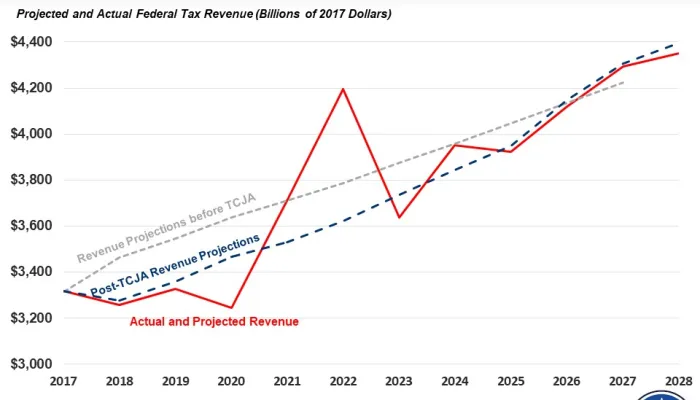Did We Cut Taxes When We Last Balanced the Budget?
Governor John Kasich (R-OH), who our previous Fiscal FactChecker pointed out was a key player in the 1997 balanced budget agreement, claimed last night that “the last time we balanced the federal budget… We also cut taxes."
Indeed, the 1997 budget deal did combine spending cuts with tax cuts. It reduced mandatory spending by $425 billion over ten years, while reducing taxes by $275 billion. Among the tax cuts in the 1997 agreement were a reduction in the top capital gains rate from 28 to 20 percent, an increase in the estate tax exemption, the creation of the child tax credit, and the establishment of the HOPE credit – the predecessor to theAmerican Opportunity Tax Credit, which helps students pay for college.
Importantly, though, this budget deal followed two budget agreements in 1990 and 1993 that raised significant tax revenue (Gov. Kasich voted against both of these). On a roughly apples-to-apples basis, the 1997 budget agreement reduced taxes by 0.6 percent of GDP, while the 1990 budget agreement increased them by 0.4 percent and the 1993 legislation increased them by 0.7 percent. Therefore, between the three major 1990s budget deals, there was a clear net increase in tax revenue.
These revenue increases, along with the booming economy, helped propel revenue to its highest level as a share of GDP since World War II – even after accounting for the tax cuts in 1997.


